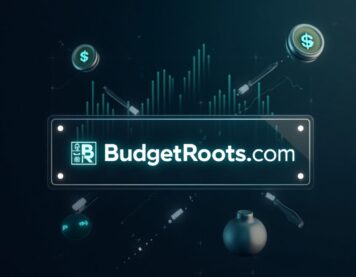Table of Contents
Introduction to Sustainable E-commerce Solutions
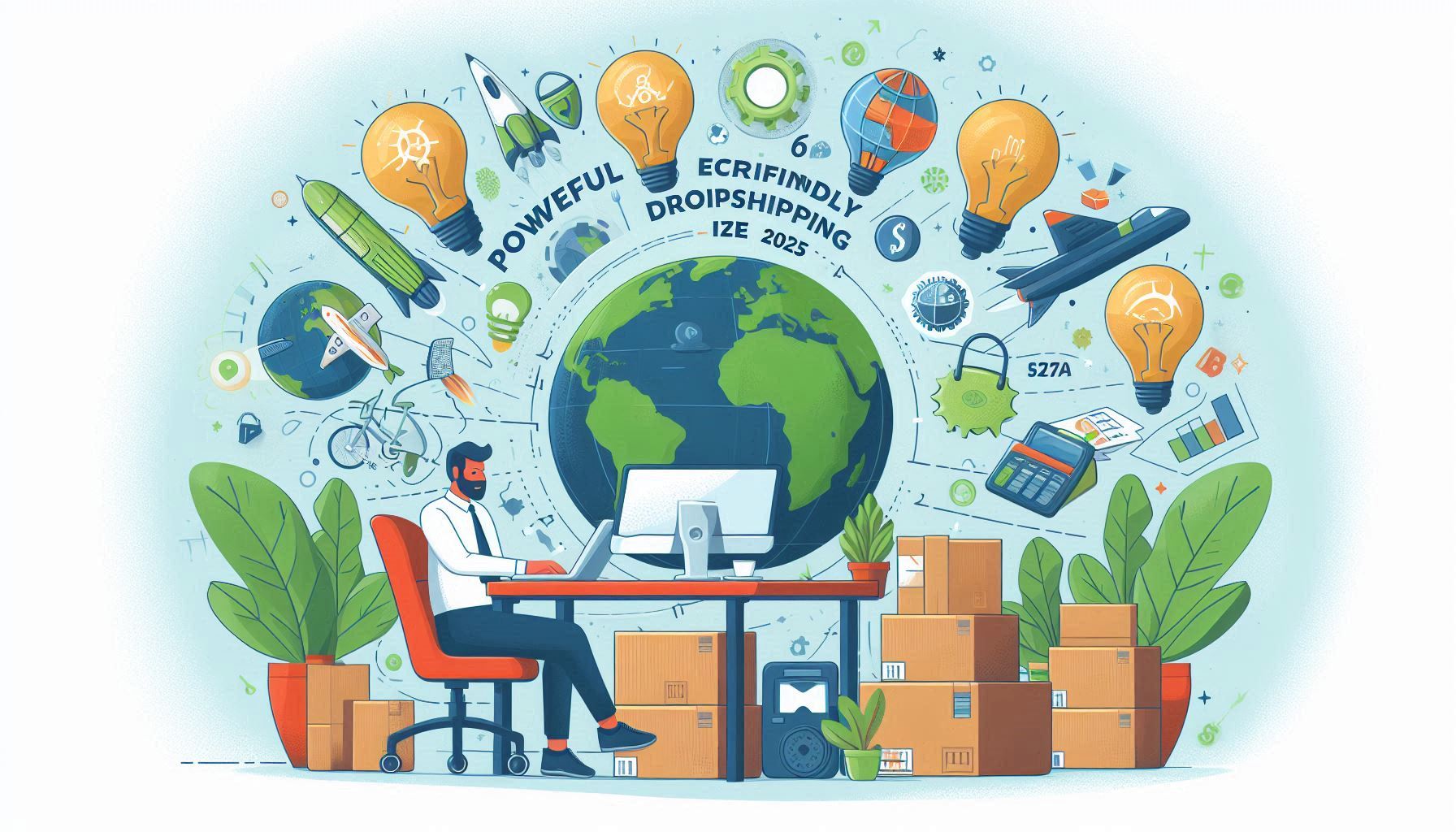
You know what’s crazy? Everyone’s going nuts about buying green stuff these days. Eco-friendly dropshipping USA is basically when you sell environmental products but don’t actually touch them yourself. Like, someone orders a bamboo phone case from your website and boom – the manufacturer ships it straight to their door. No mess, no storage headaches for you. Green product dropshipping rocks because you’re not gambling with your own cash buying tons of inventory that might not sell. I’ve seen people make decent money this way without risking much upfront. The real game changer is hooking up with solid sustainable dropshipping suppliers who aren’t just pretending to be green for marketing points. These guys actually use recycled stuff, minimize their packaging, and run cleaner operations. You can flip anything from solar phone chargers to organic cotton hoodies to biodegradable cleaning wipes. People gladly fork over extra cash for products that make them feel better about their environmental impact. It’s honestly a pretty sweet setup if you pick the right suppliers and market to folks who care about this kind of thing.
Why Eco-Friendly Products Matter in USA
Green Awareness & Growing Movement
Green product trends 2025 USA shows something pretty wild happening right now – regular folks are ditching their old shopping habits big time. I’ve watched this shift firsthand over the past few years and it’s nuts how fast things changed.To make better buying decisions, check out our practical smart shopping tips for eco-conscious consumers and learn how to shop sustainably., they’re your neighbors, coworkers, and that lady at the grocery store who brings her own bags. The demand for eco products USA jumped through the roof because people finally connected the dots between what they buy and what happens to the planet. Consumer behavior USA took a complete 180 when folks realized they could actually make a difference with their wallets. Social media blew this whole thing up too – everyone’s posting about their sustainable swaps and zero-waste lifestyles. Companies had to scramble to keep up because customers started asking tough questions about packaging, ingredients, and manufacturing processes. What used to be a niche market for hippies became mainstream when regular people saw the plastic islands in the ocean and started feeling guilty about their Amazon deliveries. Now you’ve got soccer moms buying bamboo straws and construction workers switching to biodegradable soaps.
Eco-Product Growth Stats
The numbers don’t lie about what’s happening in America’s green shopping scene right now. Eco product market size USA exploded from practically nothing to billions of dollars faster than anyone expected, and I’ve been tracking this crazy ride since it started picking up steam. Growth of green products in eCommerce went absolutely bonkers during the pandemic when people had time to think about their purchases while stuck at home ordering everything online. Sustainable product sales 2025 are projected to hit record highs because shoppers aren’t just buying green stuff occasionally anymore – they’re switching their entire routines. Demand for eco-friendly products jumped like 40% in some categories last year alone, which blew my mind when I saw the retail reports .Best Eco-Friendly Dropshipping Products for 2025 Online platforms started dedicating whole sections to sustainable goods because that’s where the money was flowing. Companies that ignored this trend got left behind while brands pushing bamboo alternatives and recycled materials saw their revenues skyrocket. What’s really wild is how fast this market grew from a tiny niche to something major retailers can’t ignore – even Walmart and Target had to completely revamp their product lines to keep up with what customers actually want to buy.
Profitable Product Niches
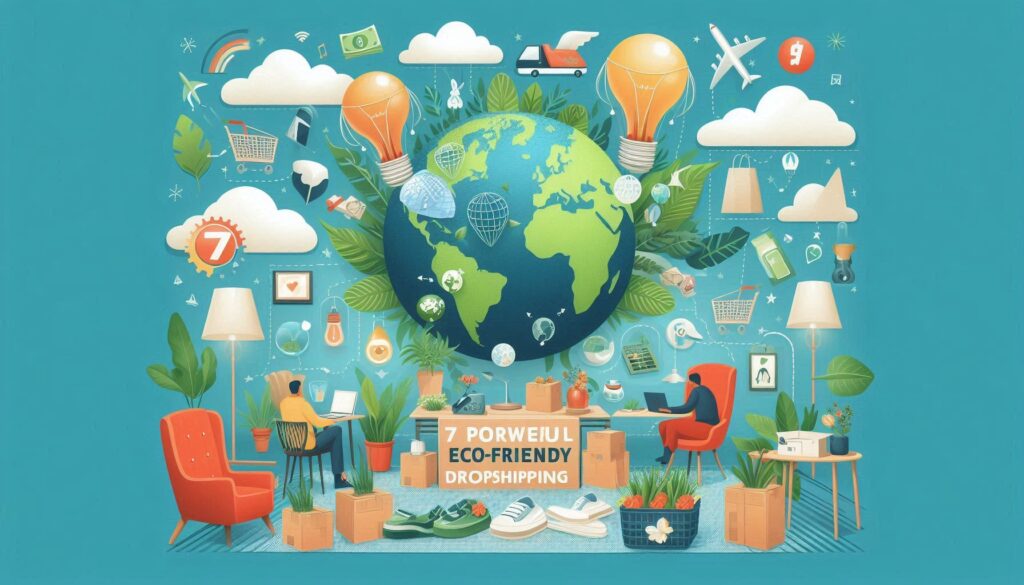
Top-Selling Eco-Friendly Items
You want to know what’s actually making money in the green products game? Most profitable eco-friendly product categories are honestly surprising – it’s not what you’d expect from watching Instagram influencers. Top 8 Green Niches to Sell in 2025 right now include reusable water bottles with crazy markup potential, bamboo phone cases that cost pennies to make but sell for $25, and organic skincare stuff that people gladly overpay for. Trending eco products 2025 are leaning heavy into kitchen gadgets like silicone food wraps and stainless steel straws because everyone’s trying to ditch single-use plastics at home. Eco products with high margins that I’ve seen crushing it include solar phone chargers, biodegradable cleaning supplies, and organic cotton clothing where you can easily triple your investment. The sweet spot seems to be items people use daily but feel guilty about – like coffee cups, shopping bags, and personal care products. What’s wild is how much customers will pay extra just to feel better about their purchases.I’ve watched sellers make bank on simple bamboo toothbrushes that probably cost $2 to manufacture but retail for $15. You can explore our eco-friendly product reviews to discover top-performing green items that actually sell.
Seasonal vs Evergreen Products
Here’s the thing about timing your green product sales – dropshipping seasonal vs evergreen makes or breaks your cash flow throughout the year. Best seasonal eco items like bamboo beach accessories and solar-powered camping gear absolutely explode during summer months but then crash hard when winter hits, which I learned the expensive way my first year selling online. Evergreen eco-friendly products are your bread and butter because items like reusable water bottles, organic skincare, and bamboo toothbrushes sell consistently every single month without the crazy ups and downs. Eco product trends USA show that smart sellers mix both strategies – they ride the seasonal waves with items like eco-friendly sunscreen and biodegradable picnic supplies during peak months, then fall back on steady sellers like metal straws and natural cleaning products to keep revenue flowing year-round. The seasonal stuff gives you those massive profit spikes that make you feel like a genius, but the evergreen products pay your bills when demand for solar pool lights drops to zero in December. I’ve watched too many sellers get burned by going all-in on seasonal items only to scramble for cash during off-peak months when nobody wants to buy organic gardening supplies in January.
Product Types to Dropship
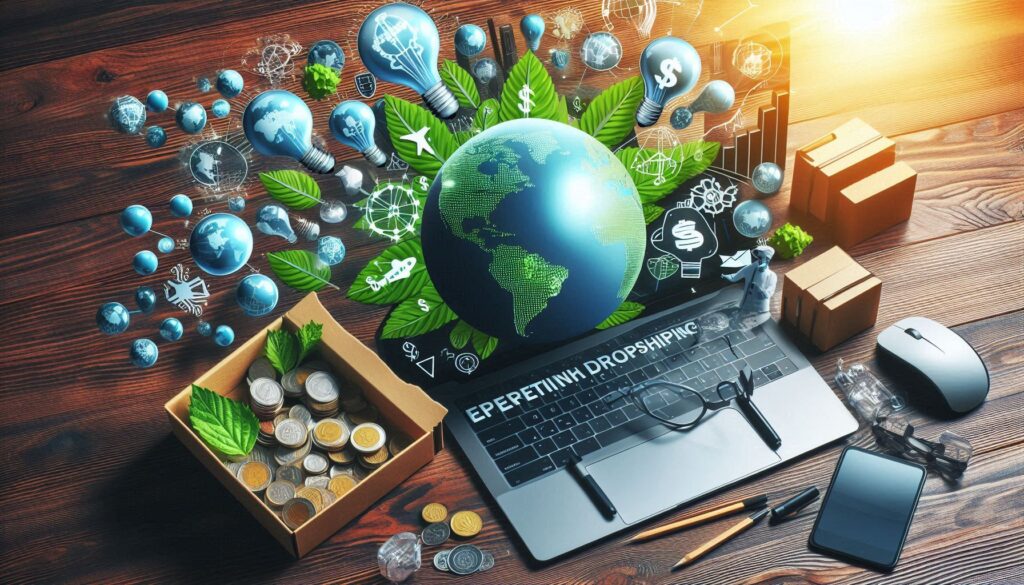
Household & Kitchen
Kitchen stuff is where the real money sits in eco-friendly dropshipping because people use this stuff every single day and feel super guilty about waste. Reusable kitchen products like silicone food storage bags and stainless steel lunch containers are absolute goldmines – I’ve seen sellers move hundreds of these monthly because folks are sick of throwing away plastic wrap and baggies. Eco cleaning tools are crushing it right now, especially bamboo scrub brushes and natural fiber sponges that people replace constantly but want to feel good about buying. Biodegradable utensils USA market exploded when offices started going green and parents got tired of plastic forks ending up in their kids’ lunch waste. The sweet spot is items that replace something people already buy regularly – like bamboo cutting boards instead of plastic ones, or compostable dish soap instead of chemical-loaded brands. What’s crazy profitable is how much people will pay extra for kitchen products that look Instagram-worthy while being environmentally friendly. I’ve watched simple bamboo spoon sets that cost maybe $3 to source sell for $20+ because customers want to show off their sustainable kitchen setups on social media while actually reducing their daily plastic consumption.
Health & Beauty
The beauty game completely flipped when people started reading ingredient labels and freaking out about what they’re putting on their skin daily. Organic skincare USA is absolutely bonkers profitable right now because customers gladly drop $50+ on face creams that promise clean ingredients instead of buying $10 drugstore stuff loaded with chemicals. Bamboo toothbrush wholesale deals are everywhere and these things fly off virtual shelves – I’ve seen people order 10 at a time because they cost like $2 each but feel fancy and guilt-free compared to plastic ones that end up in landfills. Sustainable cosmetics dropshipping opened up crazy opportunities with refillable lipstick tubes, biodegradable makeup wipes, and mineral-based foundations that appeal to Gen Z shoppers who research every purchase. What blows my mind is how much people spend on beauty products they use daily when there’s an eco-friendly version available – like $25 for a bamboo hairbrush or $40 for organic deodorant that actually works. The markup potential is insane because customers associate natural ingredients with premium quality, so they expect to pay more for items like coconut oil moisturizers, charcoal face masks, and zero-waste shampoo bars that cost pennies to manufacture.
Tech & Gadgets
Tech lovers are going crazy for gadgets that don’t suck power from the grid or harm the planet, and the profit margins on this stuff will blow your mind. Solar-powered gadgets USA market is absolutely exploding with items like portable phone chargers, outdoor speakers, and LED string lights that people buy for camping trips, emergency kits, and backyard parties. Eco tech products hit different because customers feel smart buying technology that actually helps the environment – like kinetic watches that charge from movement or hand-crank radios that work without batteries. Energy-saving devices dropshipping opened up goldmine opportunities with smart power strips, LED bulb converters, and programmable thermostats that people justify spending extra money on because they’ll save on electric bills later. I’ve watched solar phone chargers that cost maybe $15 to source sell for $60+ because customers love the idea of free power from the sun, especially during power outages or outdoor adventures. The sweet spot is gadgets that replace battery-powered items or reduce electricity usage – like solar garden lights, wind-up flashlights, and energy-efficient phone accessories that tech enthusiasts buy to feel good about their environmental impact while still getting their gadget fix.
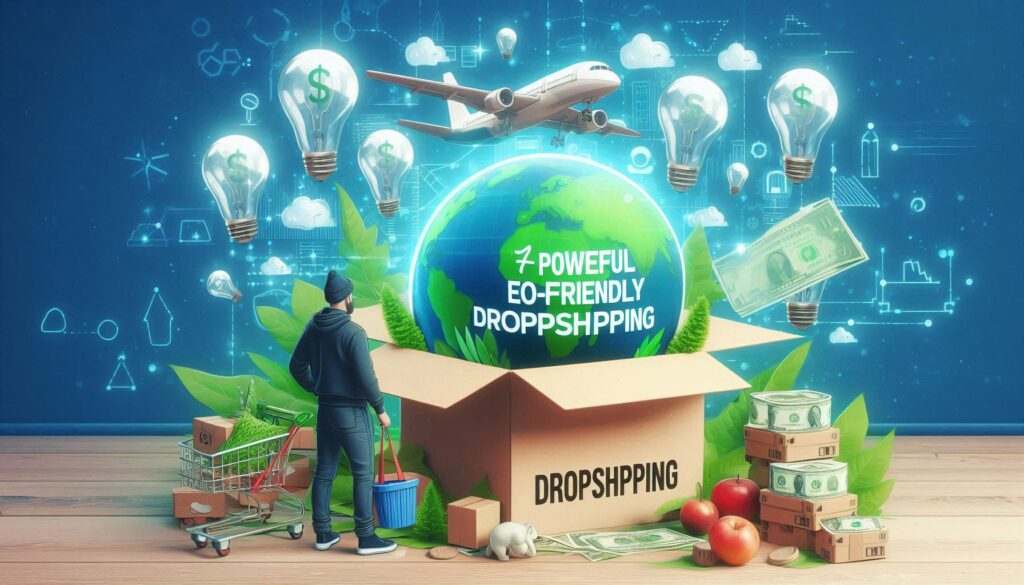
Clothing & Accessories
Fashion is where eco-conscious shoppers really open their wallets because they wear this stuff every day and want to feel good about their choices. Sustainable fashion dropshipping USA took off like crazy when people realized fast fashion was destroying the planet and started looking for alternatives that don’t fall apart after three washes. Organic cotton clothing sells like hotcakes because customers gladly pay double for t-shirts and hoodies that feel softer and don’t have weird chemicals – I’ve seen basic organic tees that cost $8 to source retail for $35+ without anyone blinking. Eco-friendly bags are absolute money makers, especially reusable shopping bags, hemp backpacks, and canvas totes that people buy to replace plastic bags or show off their environmental values. What’s wild is how much markup you can get on accessories like cork wallets, bamboo sunglasses, and recycled jewelry because customers expect sustainable fashion to cost more. The profit potential is insane with items like organic cotton socks, hemp beanies, and recycled polyester jackets that appeal to younger shoppers who research brands before buying. People literally pay premium prices for clothing made from recycled materials or natural fibers because it makes them feel better about their fashion footprint.
Dropshipping Platforms & Setup
Why Choose CJdropshipping
Look, I tried tons of suppliers and CJdropshipping eco-friendly products actually doesn’t suck like most others do – they’ve got real green stuff, not fake eco garbage that breaks after two weeks. USA warehouse CJ saved my butt because my customers were getting pissed waiting forever for their orders from overseas, but now their bamboo whatever shows up in a few days. Fast shipping eco dropshipping CJ stopped the angry emails and refund requests that were killing my business when people had to wait a month for simple stuff like reusable bags. Their website connects to my store so I don’t waste hours every day manually entering orders like an idiot. They check products before mailing them which is awesome – saved me from shipping broken solar lights to customers who would’ve roasted me in reviews. Pricing works out decent so I still make money on eco products without charging crazy shipping fees that scare people away. Way better than dealing with sketchy suppliers who disappear when you need help or send completely wrong items to your customers.
Shopify Store Setup
Setting up your green store on Shopify isn’t rocket science but there’s definitely some tricks that’ll save you headaches down the road. How to start eco dropshipping Shopify basically comes down to picking the right theme, connecting your supplier apps, and making everything look legit so customers trust you with their money. Best Shopify theme for eco store depends on your vibe – I’ve seen people crush it with clean minimalist themes like Debut or go fancy with premium ones like Brooklyn that showcase product photos really well. Shopify eco-friendly store guide stuff online is mostly garbage so here’s what actually works – focus on your about page story, use high-quality product images, and don’t overcomplicate your navigation because confused customers don’t buy anything. The payment setup is straightforward but make sure you enable all the popular options like PayPal and Apple Pay since eco-conscious shoppers are picky about checkout convenience. Your product descriptions need to hit the sustainability angle hard without sounding preachy – people want to know why your bamboo phone case is better than plastic ones they can get cheaper elsewhere. The key is making your store feel trustworthy and professional while highlighting the environmental benefits that justify your higher prices.
Supplier Comparison & Tools
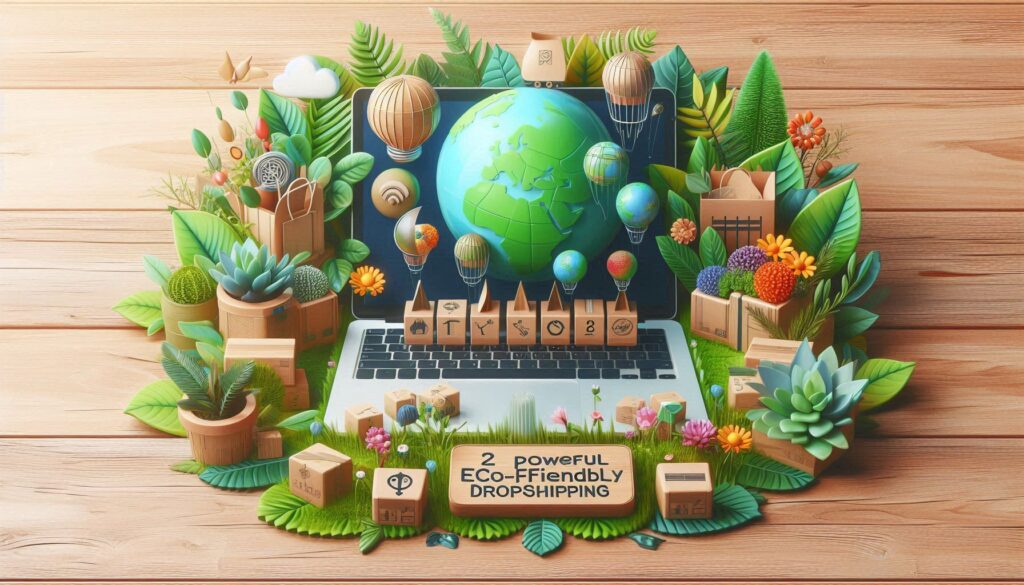
Supplier Platforms
Picking the right supplier platform can make or break your eco-friendly dropshipping business, and I’ve tested pretty much all of them over the years. CJdropshipping vs Spocket is like comparing a Swiss Army knife to a fancy boutique tool – CJ has way more product variety and better prices but Spocket focuses on higher quality US suppliers with faster shipping times. Best eco suppliers USA aren’t always on the biggest platforms though – I’ve found some amazing partners through direct outreach to small sustainable manufacturers who don’t advertise much online. Top green product suppliers tend to be scattered across different platforms, so you’ll probably need accounts on multiple sites to get the best selection and pricing for your store. Spocket charges monthly fees but their US suppliers ship faster, while CJ is free to use but most eco products still come from overseas warehouses. The trick is testing small orders from different suppliers to see who actually delivers quality products on time without screwing up packaging or customer service. Some suppliers claim to be eco-friendly but just slap green labels on regular products, so you gotta do your homework and maybe order samples before committing to any long-term partnerships.
Free vs Paid Tools
Starting out, you’re probably wondering whether to blow cash on fancy tools or stick with the free stuff that might do the job just fine. Free product research tools like Google Trends and basic supplier catalogs can actually get you pretty far when hunting for winning eco-friendly products, though you’ll spend way more time digging through data manually. Paid vs free dropshipping tools is basically trading time for money – paid tools like Jungle Scout or Helium 10 give you instant data and fancy filters, while free alternatives make you work harder but keep cash in your pocket. Keyword tools for eco dropshipping range from Google’s free Keyword Planner (which works decent for basic research) to premium options like Ahrefs that show you exactly what eco-conscious customers are searching for. I started with completely free tools and made my first sales, but eventually upgraded to paid versions when manually tracking competitor prices and product trends became a full-time job. The sweet spot is using free tools to validate your niche first, then investing in paid subscriptions once you’re making consistent revenue and need to scale faster. Don’t fall for the trap of buying every shiny tool upfront – most successful dropshippers I know started lean and only upgraded tools that directly impacted their bottom line.
Legal & Common Questions
Legal Considerations
The legal stuff around dropshipping freaks out a lot of newbies but it’s honestly not that complicated once you understand the basics. Is dropshipping legal in USA – yeah, it’s totally legal as long as you’re not selling counterfeit junk or making false claims about your products, which some sketchy sellers do and get burned for. Eco product compliance USA gets tricky with certain items like organic skincare or health supplements that need FDA approval, but most eco-friendly stuff like bamboo utensils and reusable bags don’t require special permits. Taxes for eco dropshipping work the same as any business – you pay income tax on profits and might need to collect sales tax depending on where your customers live, which sounds scary but tax software handles most of it automatically. The biggest mistake I see people make is not registering their business properly or keeping track of expenses, then getting hit with a huge tax bill they weren’t expecting. You’ll need a business license in most states, and some eco-friendly products have specific labeling requirements you gotta follow or risk getting complaints from customers or regulatory agencies. The key is starting simple with low-risk products while you figure out the legal basics, then expanding into more regulated items once you’ve got your paperwork sorted out.
Monetization & Affiliate Integration
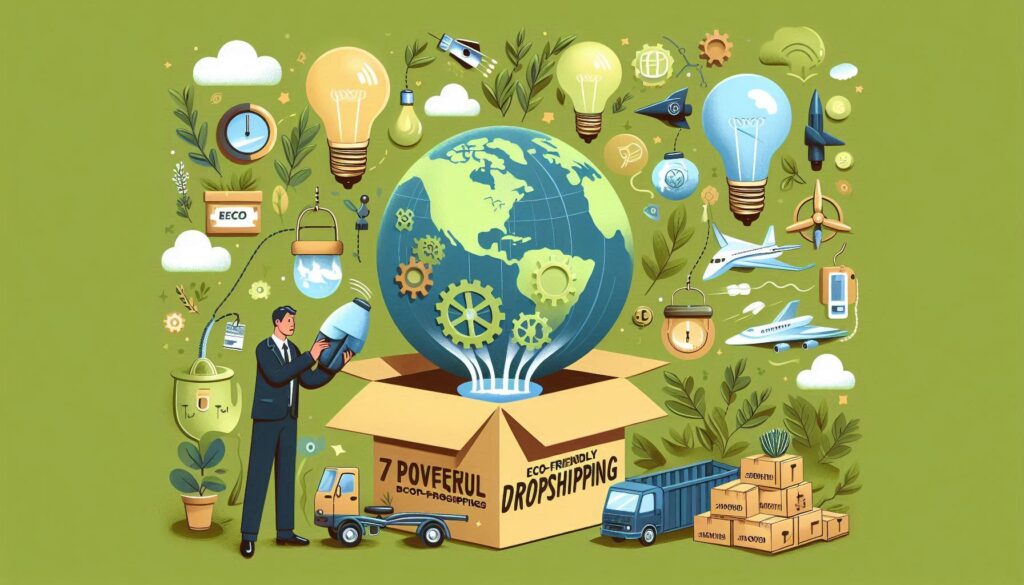
Affiliate Marketing with CJ
Making extra cash through affiliate partnerships can seriously boost your income beyond just dropshipping profits, and CJ makes this pretty straightforward once you get the hang of it. CJ affiliate program lets you earn commissions when other people sign up through your referral links, which is sweet passive income on top of your regular product sales. Add affiliate links in blog posts about eco-friendly living or product reviews – I’ve seen people make decent money writing about their favorite sustainable products and linking to suppliers or related services. Eco products affiliate marketing works great because people trust recommendations from someone who’s actually using green products daily, not just trying to make a quick buck off random stuff. Complete Guide to Eco-Friendly Dropshipping
The trick is being genuine about products you actually believe in instead of just promoting whatever pays the highest commission, because your audience will smell the BS from a mile away. You can promote dropshipping courses, eco-friendly brands, or even tools you use to run your business through blog content, YouTube videos, or social media posts. What’s cool is combining your dropshipping knowledge with affiliate income – like reviewing products you sell while also promoting the supplier platforms or business tools that help you succeed.
How much money do I actually need to start eco-friendly dropshipping?
Honestly, you can get started with maybe $200-500 if you’re smart about it. Most of that goes toward your Shopify subscription, maybe a decent theme, and some sample products to test quality. The beautiful thing about dropshipping is you’re not buying inventory upfront – you only pay for products after customers order them. I’ve seen people bootstrap their way to decent profits starting with just a few hundred bucks and reinvesting everything back into ads and better products.
What’s the biggest mistake newbies make with green products?
Picking suppliers who are just greenwashing regular products with fancy eco labels. I can’t tell you how many people get burned selling “bamboo” phone cases that are actually just plastic painted to look like wood. Always order samples first and do your homework on suppliers. Also, don’t go crazy trying to sell everything at once – pick 10-15 solid products and master those before expanding your catalog.
How long does it actually take to see profits?
Real talk – most people don’t make money for the first 2-3 months while they figure out what works. I’ve watched newbies expect instant success and quit after two weeks when they don’t get rich overnight. The ones who stick with it and keep testing different products usually start seeing consistent profits around month 4-6. Don’t quit your day job until you’re making steady money for at least 3 months straight.
Are customers really willing to pay more for eco-friendly stuff?
Hell yes, but only if you explain why it’s worth the extra cash. People gladly drop $25 on a bamboo phone case instead of buying a $10 plastic one IF you show them how it helps the environment and looks cooler. The trick is marketing to people who already care about sustainability – soccer moms, young professionals, and Gen Z shoppers who research everything before buying.
What about returns and customer complaints with eco products?
Eco-conscious customers are actually pretty reasonable if you’re upfront about everything. They expect higher quality since they’re paying premium prices, so make sure your suppliers aren’t sending garbage. I get way fewer returns on eco products compared to regular dropshipping because customers who buy sustainable stuff tend to keep items longer and take better care of them.
Should I focus on seasonal items or stick with year-round products?
Mix both but lean heavy on evergreen products that sell consistently. Seasonal eco items like solar camping gear can make you bank during summer, but you’ll go broke waiting for next season if that’s all you sell. Build your foundation with items people buy monthly like reusable water bottles and organic skincare, then add seasonal products for extra profit spikes.
How do I compete with Amazon and big retailers selling eco products?
Don’t try to beat them on price – you’ll lose every time. Instead, focus on curated product selection, better customer service, and telling the story behind your products. Big retailers just dump eco products in their catalog, but you can create content about sustainable living, partner with eco influencers, and build a community around your brand. People will pay more to buy from someone who actually cares about the environment instead of just chasing profits.
Conclusion
Alright, here’s the deal with eco-friendly dropshipping – it’s not gonna make you rich next week, but damn if it isn’t one of the best opportunities I’ve seen in years. People are throwing money at green products like crazy, and you can tap into that without gambling your life savings on inventory that might sit in your garage forever.
I’ve watched tons of people screw this up by treating it like some weekend hobby instead of actually running a business. You gotta find suppliers who aren’t just bullshitting about being eco-friendly, test your products so you’re not selling garbage, and accept that it takes months to figure out what actually sells. The people crushing it didn’t get lucky – they put in real work and stuck with it when things got tough.
What blows my mind is how mainstream this whole green movement became. It’s not just hippies buying bamboo straws anymore – it’s regular suburban moms, office workers, and college kids who actually research what they’re buying. These people will gladly pay double for a reusable water bottle that doesn’t make them feel like crap about destroying the planet.
The dumbest thing you can do is spend six months reading every dropshipping guide online instead of just starting. Grab maybe 10 products that don’t suck, throw up a basic store, and see what happens. You’ll learn way more from one month of actual selling than a year of watching YouTube videos about other people’s success stories.
Look, this isn’t easy money and anyone telling you different is lying. But if you actually put in effort and don’t quit after your first month when you’re not making thousands yet, eco dropshipping can definitely pay your bills and then some. The planet’s screwed if we keep making more plastic junk, customers know it, and they’re willing to pay extra for alternatives that don’t make them feel guilty about their purchases.
